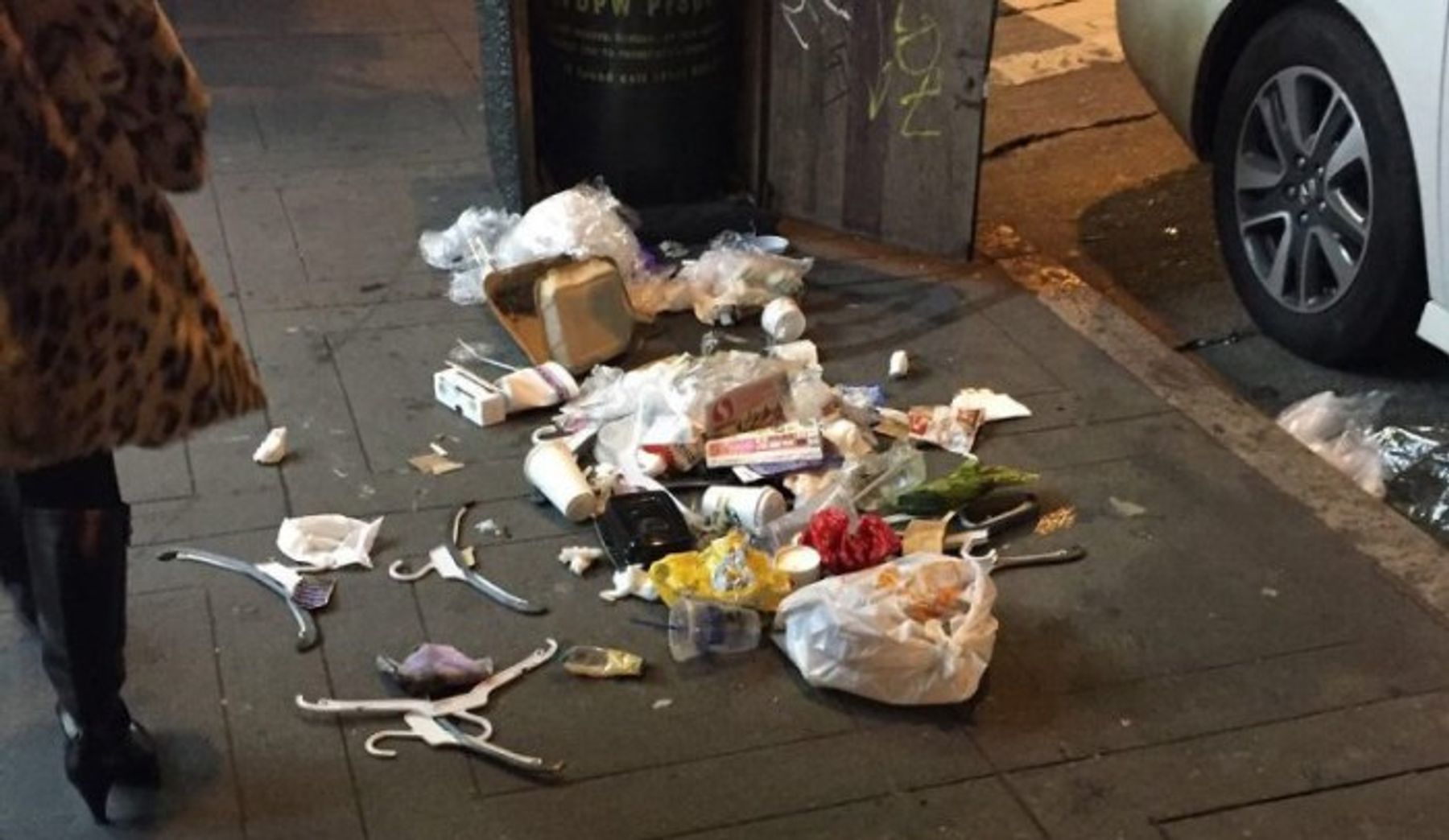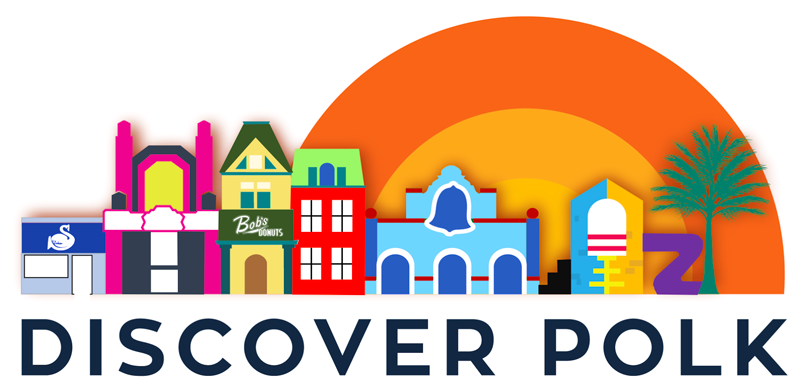FAQ
What is a CBD?
Cities in the US, Canada and elsewhere have dealt with problems such as street & sidewalk cleanliness and safety that negatively affect neighborhood comfort & safety and local image by forming improvement districts. They may be called different names but all function in much the same way. Privately directed non-profit organizations, they are sanctioned by government code and designed to supplement (NOT replace) public services within geographically defined boundaries. Funding for the additional services comes from an assessment on all property and business owners within the defined boundaries. Once formed as a 501(c)(3), an elected Board of Directors and Executive Director are accountable for managing funds and services and reporting back to the community on a regular basis. In addition, the Executive Director serves as the community’s spokesperson in relations with City Hall. Improvement Districts are authorized for a specific duration (usually between 5 and 15 years) and can be renewed thereafter by a majority vote from the business and property owners. Conversely, Improvement Districts are reviewed annually and can be dissolved by majority vote of stakeholders.
How does the CBD benefit me?
By having a vibrant, clean and safe Polk Street – the goal of the CBD – both property owners and businesses will benefit. Property values, sales and rentals will increase, as well as foot traffic in the neighborhood. Additionally, we will promote a sense of community with Farmer’s market, community events and much more. If you have an idea, contact us to let us know. We love to hear from the community.
Why are we forming a CBD?

Discover Polk runs from California to Broadway. When people step off the California-Van Ness cable car to stop for lunch or window shop on their way to Fisherman’s Wharf, Discover Polk is a natural destination. Residents, neighbors and merchants alike use Polk Street and Van Ness Avenue for transportation, shopping, meeting up with friends and clients. Before reaching Broadway, we may have walked past mounds of trash and a handful of vacant storefronts. Is this the environment we want to navigate every day? Is this what we want visitors to remember of Polk Street and of San Francisco?…Maybe there is something we can do about it!
What services will the Discover Polk CBD provide?
The Discover Polk CBD Management Plan has two primary service areas: environmental and economic enhancements. Environmental enhancements include cleaning and hospitality ambassadors who will sweep, scrub and pressure wash sidewalks, remove litter and graffiti, outreach to street populations, among other tasks. Economic enhancements will help promote local business, liaison with the City to attract new investment, and market a positive image for the Discover Polk district.
I already pay taxes-why support the CBD?
Supporting the Discover Polk CBD enables the district to receive services above and beyond what the City can provide. The assessments collected go entirely to the CBD and can support enhancements such as safety, maintenance, beautification and business support. The Discover Polk board of property and business owners and residents make the budget decisions, which ensures direct accountability for the enhanced services. In addition, studies from across the country show that CBDs have a positive effect on property values, sales and occupancies.
Will the City reduce its existing services on Polk Street?
NO! The City of San Francisco has established and documented the base level of pre-existing City services and has articulated its intention to continue to deliver and/or pay for those services if Discover Polk CBD is formed. The CBD will not replace any pre-existing general City services.
Additionally, there are community events that the city would not provide but the CBD can, such as farmers’ markets, movie nights in community spaces, events for children and more. We welcome all ideas.
How do CBDs benefit other neighborhoods in San Francisco?
Rincon Hill, Noe Valley, Castro, Fisherman’s Wharf, Yerba Buena, Lower Polk, Japantown and more have CBD’s and have proven to be successful. Lower Polk, which initiated services in 2017, has seen a dramatic increase in cleanliness and safety. Here are the numbers we’ve received from the city: (1) Revised Needles Map (2) Revised Feces Map (3) Graffiti Map
What will this cost me as a Property Owner?
Rates are based on a calculation of the linear footage of any parcel along public right-of-way, gross square footage of both structure and parcel and usage of property (commercial, residential, non-profit). Different rates are proposed for commercial, residential and non-profit properties to acknowledge that the level of benefit varies by property type. For example, residential properties do not benefit from the CBD’s proposed business support services the way commercial properties do. The engineer’s report for Discover Polk estimates the linear footage cost as $10.40 per foot for commercial and residential properties and $5.20 for non-profit and government properties; Lot & building square footage are estimated to be $0.221 per square foot for commercial properties, $0.162 for residential and $0.081 for government and non-profit properties.
Who will manage the Discover Polk CBD?
Decisions related to the implementation of the Discover Polk management plan (including work programs, budgets and assessments) will be made by an elected Discover Polk Board of Directors, composed property and business owners and other stakeholders within the DPCBD. The budget provides for a full time District Coordinator who will manage all initiatives.
What do you mean by ‘assessment’? Is this a re-assessment of my property for tax purposes?
No. The CBD assessment is a separate item that has no effect on your property tax rate. In San Francisco, the Assessor’s Office collects the assessments and passes them directly to the CBD where the funds are used exclusively for the community, as governed by the CBD Advisory Committee.
Can we be assured that there will be transparency and reporting back from the directors to the ownership? Our biggest concern is misuse or abuse of fiduciary responsibility.
Once a CBD is formed, it goes through the process of becoming a 501(c)(3), and will be held to the standards of the Brown Act, where regularly scheduled meetings are open to the public, are only held if there is a quorum of the Board, and where minutes–including agenda, discussion and decisions-are recorded and publicly posted. Fiduciary responsibilities are consistent with 501(c)(3) organizations.
Nominations to the Board of Directors are sought from the community, and a Board of 11-15 Directors is appointed from the Steering Committee, which is then dissolved. A majority of Board members must be property owners, and the remainder are business owners and other stakeholders. Community members are encouraged to attend meetings and there is an opportunity to raise community concerns during meetings. Agendas are posted 72 hours prior to meetings.
Furthermore, the City, through the Office of Economic and Workforce Development (OEWD), exercises oversight of the CBD’s implementation of the Management Plan. CBDs are required to file mid-year and annual reports with OEWD to ensure resources are being properly used.
We encourage community members to post comments and questions to help us update our Frequently Asked Questions
